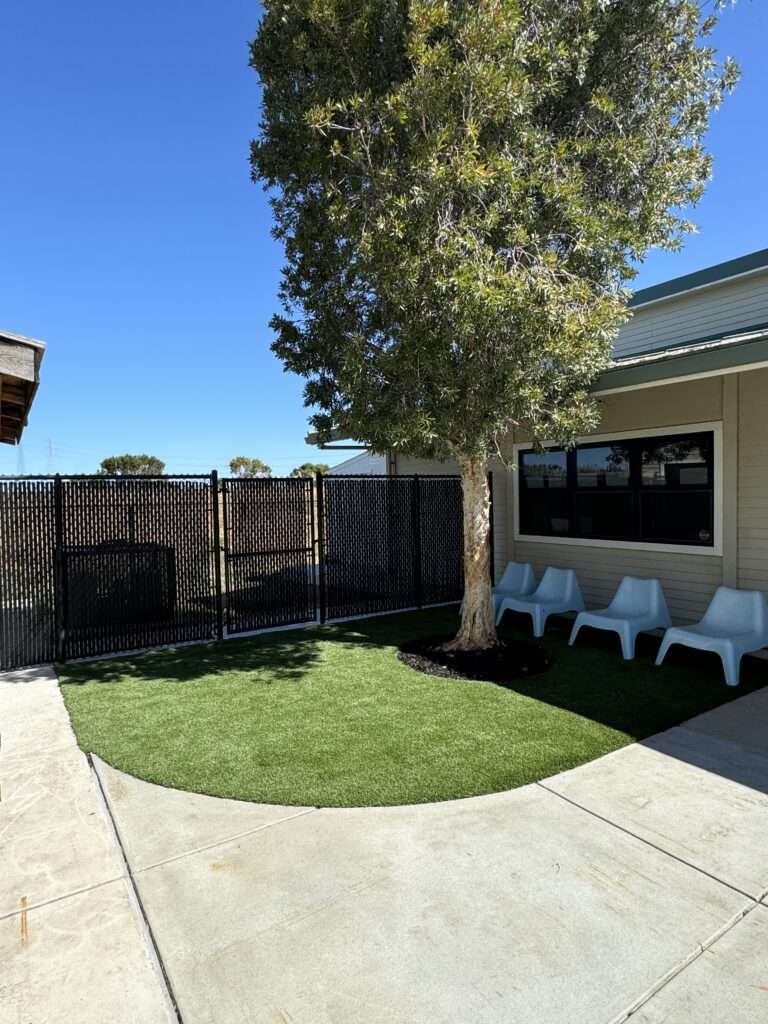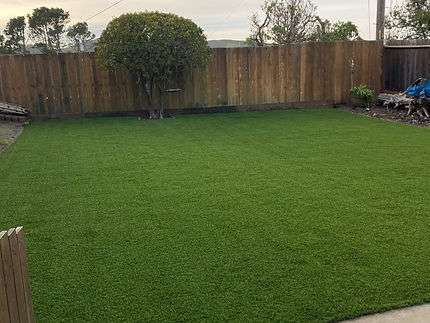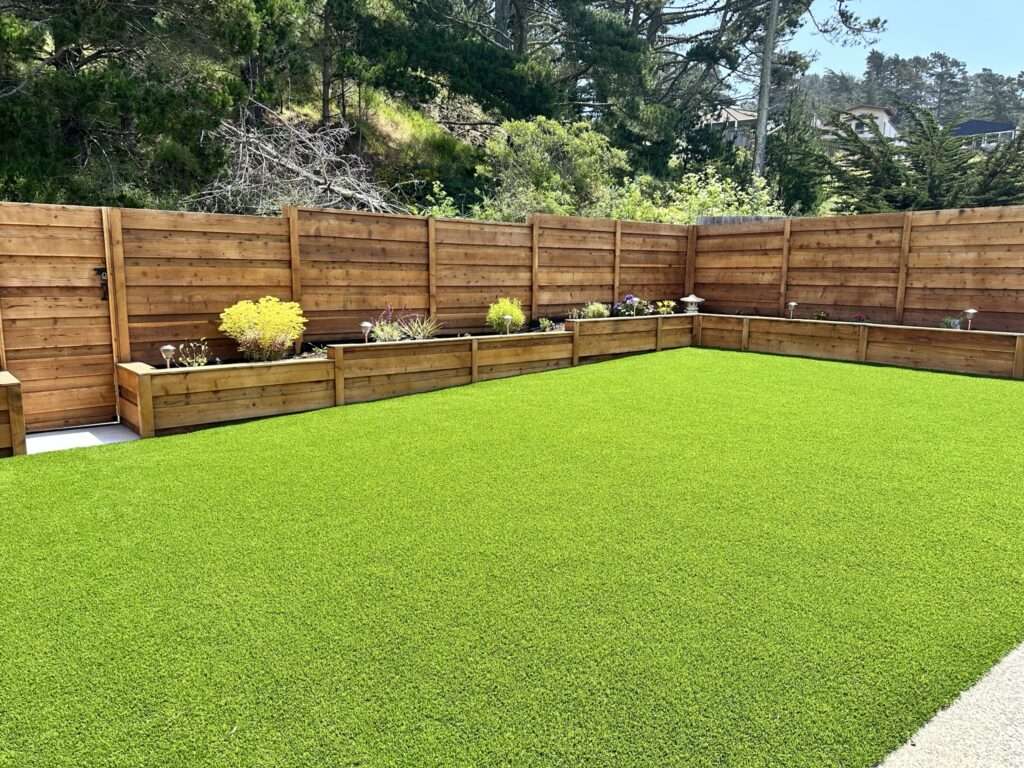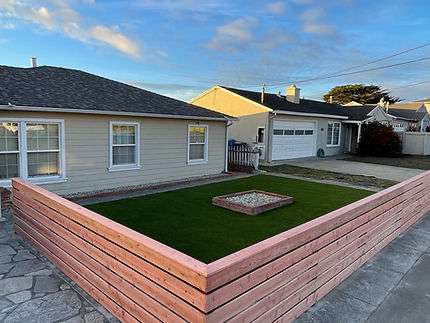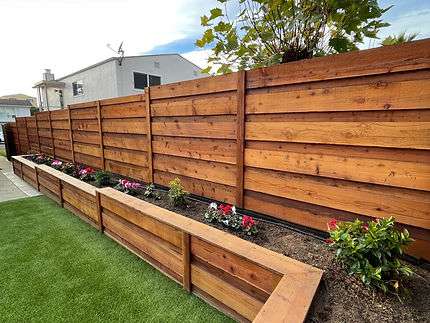Introduction
Adding pavers to your outdoor space can transform it into a beautiful, functional area. If you’re wondering how to put pavers over dirt, the good news is that it’s possible with the right preparation and technique. This guide will walk you through a step-by-step process to ensure your pavers stay level and secure for years to come.
Looking for more outdoor improvement ideas? Check out
Can You Lay Pavers Directly on Dirt?
Table of Contents
Yes, you can lay pavers on dirt, but proper preparation is essential to prevent shifting, sinking, or uneven surfaces over time. While some people skip the base layer, adding a foundation like sand or gravel significantly improves stability and longevity.
Tools and Materials You’ll Need
Before starting, gather the following tools and materials:
- Pavers
- Measuring tape
- Shovel
- Rake
- Tamper or plate compactor
- Sand or crushed gravel (optional but recommended)
- Level
- Rubber mallet
- Broom
- Landscape fabric (optional)
Step-by-Step Guide on How to Put Pavers Over Dirt
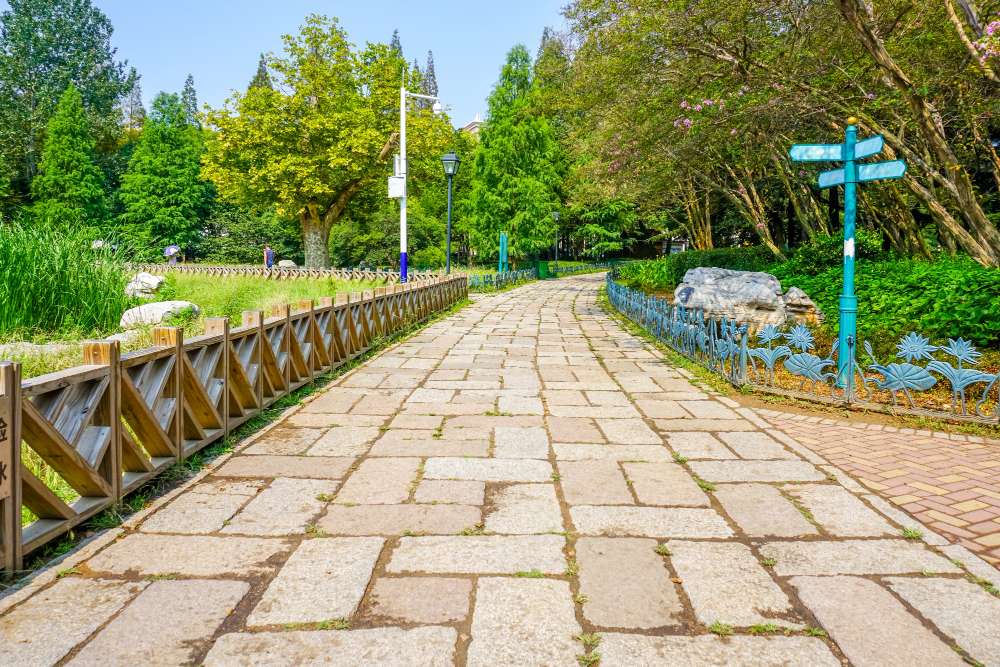
Step 1: Plan and Measure Your Area
Determine where you want to install the pavers and measure the area accurately. Use stakes and string to mark the boundaries, ensuring a well-defined space. Proper planning allows you to estimate the number of pavers required and helps create a symmetrical and aesthetically pleasing layout. Consider the pattern you want to use (such as herringbone, basketweave, or simple grid) and mark it accordingly. Consider the best paver patterns for your design.
Step 2: Prepare the Ground
Start by clearing the area of any grass, weeds, rocks, or debris. Use a shovel to dig out the top layer of soil to a depth of 3-6 inches, depending on the thickness of your pavers. This step is crucial as it prevents uneven settling in the future. Rake the surface smooth, ensuring an even level, and remove any large clumps of soil. If you’re working in an area prone to weed growth, consider laying landscape fabric to prevent future issues.
Step 3: Add a Base Layer (Optional but Recommended)
For increased durability and long-term stability, adding a base layer is highly recommended. Spread a layer of crushed gravel or coarse sand evenly across the excavated area. A depth of 1-2 inches for sand or 3-4 inches for gravel is ideal. Use a tamper or plate compactor to compress the base material, ensuring a firm and level foundation. If you skip this step, your pavers may shift or sink over time, leading to an uneven surface.
Step 4: Lay the Pavers
Begin placing the pavers in your chosen pattern, starting from one corner and working outward. Position each paver carefully, ensuring they fit snugly against each other. Use a level to check alignment regularly and make adjustments as needed. If a paver sits too high, remove some base material beneath it; if it’s too low, add more sand or gravel to lift it. Use a rubber mallet to gently tap each paver into place, ensuring a stable fit.
Step 5: Fill in the Gaps
Once all the pavers are laid out, spread a layer of fine sand over the surface. Use a broom to sweep the sand into the joints between the pavers. This step helps lock them into place and prevents movement. If necessary, add more sand and continue sweeping until all gaps are adequately filled. Consider using polymeric sand for better binding and added stability.
Step 6: Compact and Secure the Pavers
To finalize the installation, use a plate compactor or hand tamper to press the pavers firmly into the ground. This ensures they settle evenly and are securely in place. After compacting, reapply sand as needed to fill any remaining gaps. Lightly mist the area with water to help the sand settle and bind the pavers together. Repeat the process if required to ensure a firm and even surface.
Common Mistakes to Avoid
1. Skipping the Base Layer
Many people assume they can place pavers directly on dirt without a base layer, but this often leads to uneven surfaces and shifting over time. A solid base, such as crushed gravel or sand, provides a stable foundation and prevents pavers from sinking or moving.
2. Failing to Compact the Ground
Before laying pavers, compacting the ground is crucial to avoid settling issues later. Loose soil can cause pavers to shift, leading to an uneven surface. Use a tamper or plate compactor to ensure a firm foundation before placing the pavers.
3. Not Checking for Level Alignment
If pavers are not level, they can create an uneven surface that may cause tripping hazards and drainage issues. Always use a level to check alignment as you lay each paver, adjusting as needed to maintain a smooth and even finish.
4. Using Too Little or No Jointing Sand
Jointing sand helps lock the pavers in place and prevents movement. If too little sand is used, gaps can form, allowing weeds to grow and reducing overall stability. Be sure to sweep enough sand into the joints and reapply as necessary.
5. Ignoring Drainage Considerations
Poor drainage can cause water to pool around your pavers, leading to erosion and instability. Ensure the ground slopes slightly away from buildings and structures to direct water flow properly. If needed, install a drainage system or use permeable pavers.
6. Overlooking Edge Restraints
Without proper edge restraints, pavers can spread out and lose their shape over time. Use edge restraints or border pavers to keep everything tightly in place, maintaining the integrity of your design.
Maintenance Tips for Long-Lasting Pavers
1. Regular Cleaning
Sweep your pavers frequently to remove dirt, debris, and leaves. Occasional washing with a garden hose or pressure washer helps prevent stains and buildup. Avoid using harsh chemicals that may damage the paver surface.
2. Reapply Jointing Sand
Over time, jointing sand between pavers may wash away due to rain or foot traffic. Reapply sand periodically to keep the pavers tightly locked in place and prevent weed growth.
3. Weed and Moss Control
Weeds and moss can grow in the gaps between pavers. Regularly inspect your paver surface and remove any unwanted growth. Applying a weed inhibitor or polymeric sand can help minimize weed problems.
4. Seal Your Pavers
Sealing pavers adds an extra layer of protection against moisture, stains, and fading. Apply a high-quality sealer every couple of years to maintain their color and durability. Choose a breathable sealer to prevent trapping moisture underneath.
5. Fix Loose or Uneven Pavers
If you notice any pavers shifting or becoming uneven, address the issue promptly. Lift the affected paver, add or adjust the base material, and reposition it securely.
6. Address Drainage Issues
Check for water pooling around your pavers, which can lead to erosion. If necessary, improve drainage by adjusting the slope, adding a drainage channel, or using permeable pavers that allow water to flow through.
For more maintenance advice, see The Spruce’s Guide to Paver Care.
Conclusion
Knowing how to put pavers over dirt can help you create a stable and visually appealing outdoor space. While it’s possible to lay pavers directly on dirt, proper preparation and leveling will ensure a durable and long-lasting result. Follow these steps to enjoy a beautiful paver patio, walkway, or driveway for years to come!

